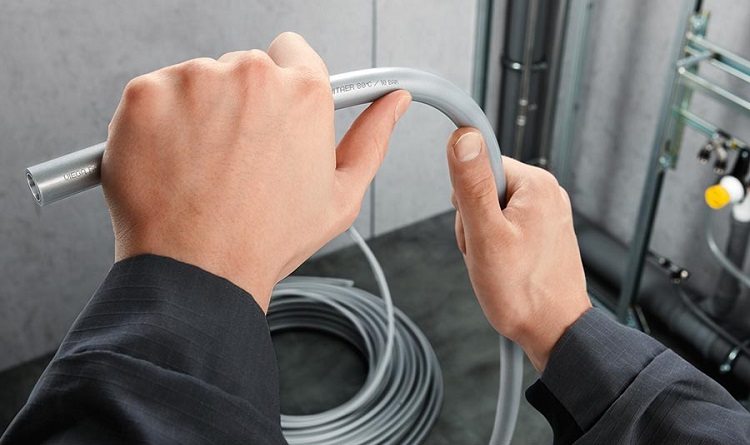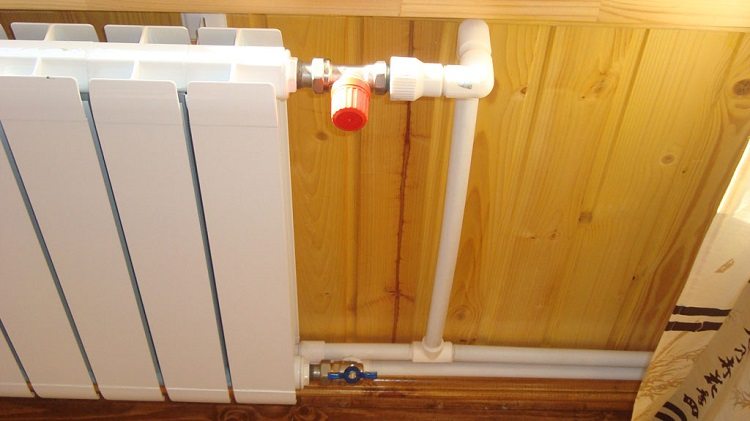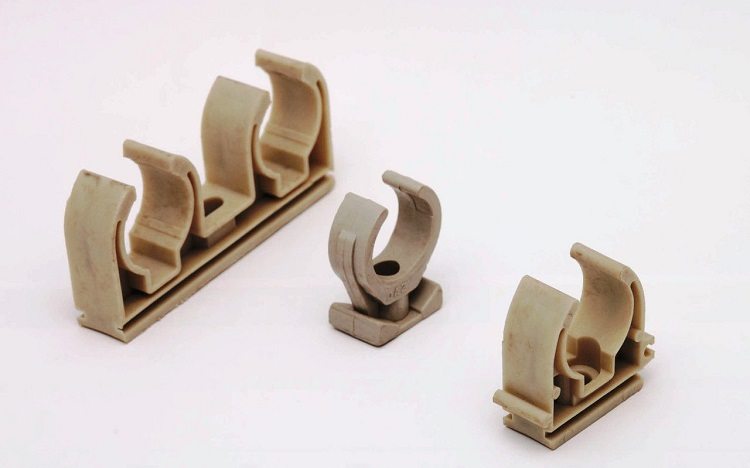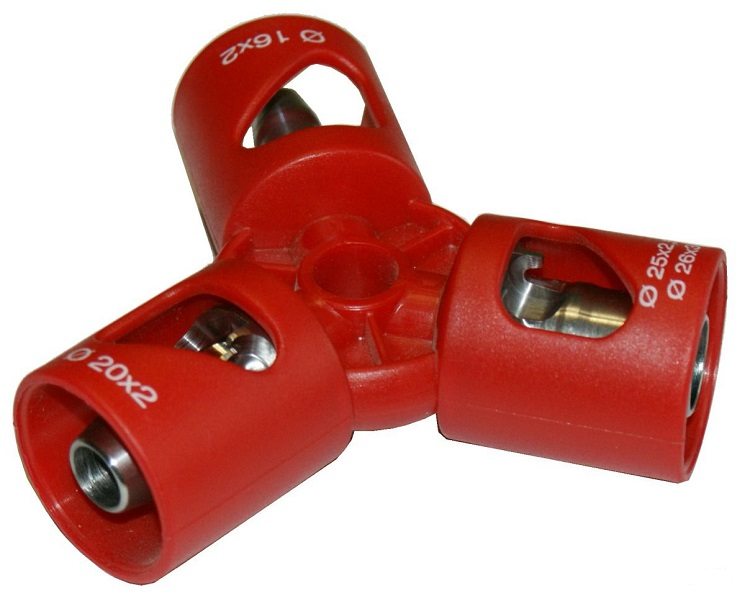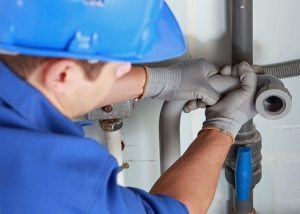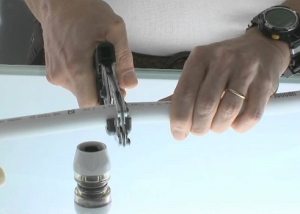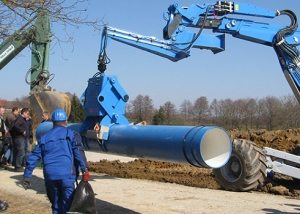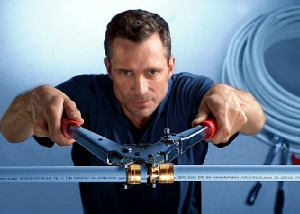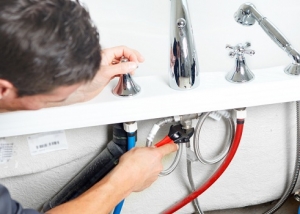Today, when installing a water supply system, the use of metal-plastic pipes is the most simple and affordable option. Durability and reliability result in a wide range of applications for these products. To carry out work already at the initial stage, it is important to determine the amount of materials and the design of the future network. Installation of a metal-plastic water pipe can well be done by yourself.
Content
Characteristics of pipes made of plastic
The five-layer structure of metal-plastic pipes for water supply determines their best, in comparison with metal analogues, technical characteristics and advantages of use. The inner layer consists of food-grade plastic, the outer layer is cross-linked polyethylene. Between them is an intermediate shell of aluminum. Bonding of all layers is done with glue.
Such a structure makes it easy to cut and bend a metal-plastic water pipe. Thanks to the aluminum layer, the pipe keeps its shape well. Polymeric shells are resistant to corrosion, moisture, aggressive environments and thereby perform a protective function.
The main technical characteristics of a metal-plastic pipe for a water supply system are its diameter and wall thickness. Also, when mounting, it is necessary to take into account the values of the permissible bending radius of the product. For do-it-yourself pipe bending these indicators are in the range of 8-55 cm, when using a pipe bender - 5-18 cm.
The range of diameters of metal-plastic pipes for water supply is quite large and ranges from 1.6 to 5.3 cm. In the construction of residential buildings, products with a diameter above 4 cm are very rarely used. Pipes with a diameter of 3.2 and 4 cm are often used for wiring the water supply of a private house. The wall thickness varies from 2 to 3.5 mm.
Features of the application of metal-plastic products for the pipeline
Water supply systems using metal-plastic pipes have a service life of at least 50 years. Due to the smooth inner surface, the products are not clogged. Roughness of the inner layer plastic pipe 10 times less than copper and 20 times less than steel. This feature allows the use of products with small diameters.
It is simple to install metal-plastic pipes for cold and hot water supply systems, which is dictated by the absence of the need to use corners, couplings, etc., as well as additional noise insulation.
Important! After and during installation, contact of the non-insulated part of the pipe with sharp objects is unacceptable.
Along with many advantages, metal-plastic pipes have a number of disadvantages, which can affect the possibility of their use for water supply systems. The maximum working parameters of such products is a pressure of 10 bar and a temperature of 95 degrees. Plastic pipes are sensitive to freezing water.
After installation fittings metal-plastic pipes are not subject to bending. They are not allowed long-term exposure to high temperatures and ultraviolet rays outside the room.
Rules for installing plastic pipes
At the initial stage of the installation of a water supply system, it is necessary to determine the layout of the piping, the number and diameters of pipes, fittings, tees, adapter couplings, etc. The points of pipe attachment, the place where water enters the house, and the filter system are marked on the diagram or directly on the walls. The pipeline can be sequential when the elements are connected one after another, and collector, when a supply is organized to an individual consumer.
It is necessary to mount metal-plastic pipes very carefully, avoiding thermal and mechanical damage. Concealed water pipelines require removable shields and hatches to provide access to compression fittings.
For fastening metal-plastic pipes to the surface, special clips are used that are selected according to the size of the pipe. Their spacing should not exceed 1 m.
If it is necessary for pipes to pass through the building structure, a sleeve is used that has an internal diameter 5-10 mm larger than the external diameter of the pipe. The resulting gap is filled with a soft, non-combustible material, which does not impede the movement of the pipe.
When installed on the surface of pipes, cuts or scratches are not allowed. Installation can be carried out at temperatures above 10 degrees. When installing the fittings, it is important not to overtighten the nut, as this can break the thread and damage it.
Necessary tools for installation
To perform DIY installation of metal-plastic pipes for a water supply, the following tools will be required:
- scissors for trimming pipes;
- chamfer and calibrator;
- roulette
- drill;
- valves
- fittings and press for them;
- adjustable spanner and open-end wrenches.
Do-it-yourself cutting of plastic pipes should be done only with special scissors. Other tools for this purpose will not work, because they can cause bumps, burrs, and break the protective layer of the pipe. As a result, leaks will occur during operation of the water supply system.
Important! The cutting of the metal-plastic pipe must be carried out strictly at an angle of 90 °.
The calibrator is necessary for flaring the pipe. At the point of cut, the walls of the product are slightly concave inward, which in the future can ruin the rubber seals. Valves must have good technical characteristics and withstand pressure up to 60 atm and temperature up to 150 degrees.
In the process of installing metal-plastic pipes for water supply, it will be necessary to bend them. You can do it yourself, but it is better to use a special device - a pipe bender. It will prevent the appearance of cracks, kinks and other damage to the pipe structure during bending.
Fittings Connections
DIY plumbing installation involves connecting pipes. It is produced using fittings, which are extruded and compression. When using a compression fitting, the pipe joint is obtained due to the pressure that occurs when the nut is tightened on the compression ring. Such a process requires the use of two keys: one drags the bunny, the other - provides resistance. Installation of wiring using metal-plastic pipes must be carried out from the collector to the device, avoiding unjustified connections.
During the operation of the water supply, compression fittings need a broach in order to maintain the tightness of the connection. Pipe press fittings are more durable and durable. Their installation involves the use of a special press machine, which can be a simple manual and microprocessor hydraulic.
Installation of metal-plastic pipes with press fittings is carried out in the following sequence:
- The pipe is cut using special scissors.
- The chamfer is removed and the pipe diameter is adjusted to the conditions of subsequent installation.
- A stainless steel sleeve is worn at the end of the pipe.
- The shaped part is inserted into the fitting until it stops.
- The sleeve is gripped by a press clamp.
- The handles of the press are reduced to the stop.
Thus, the installation of metal-plastic pipes is the simplest and most profitable solution when laying a water supply. High-quality do-it-yourself work will ensure long-term and reliable operation of the water supply system.

